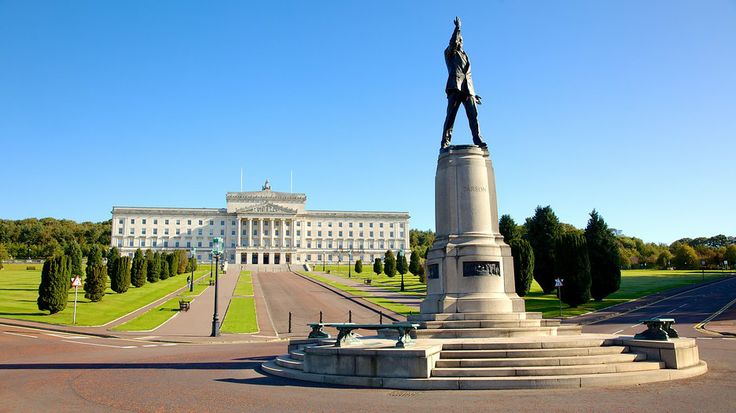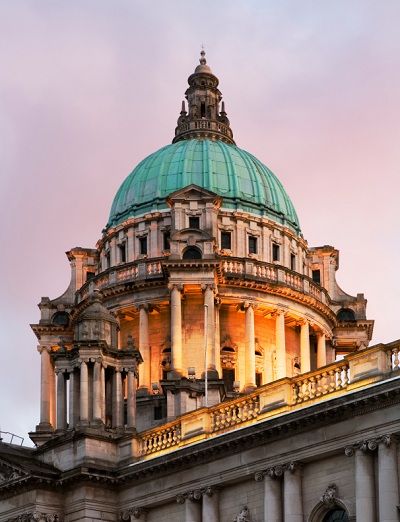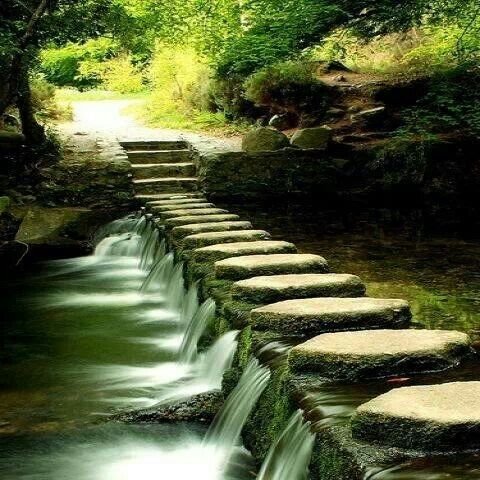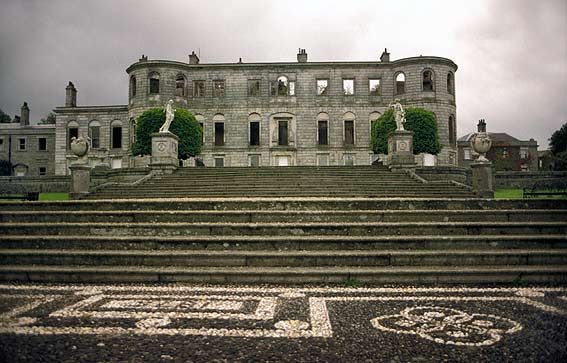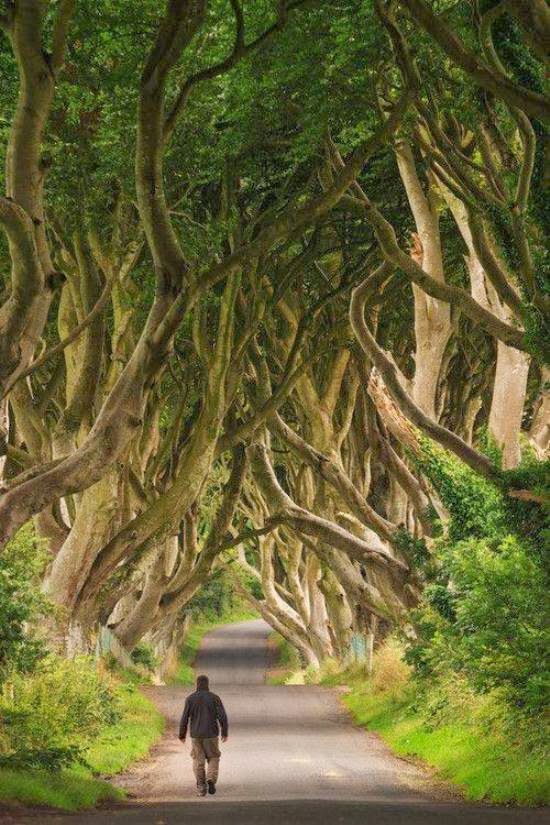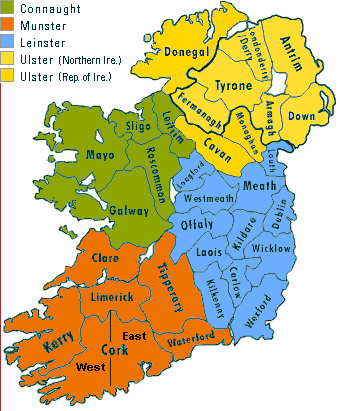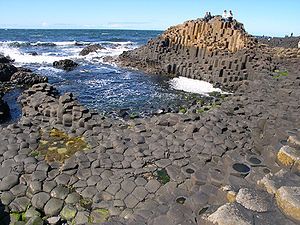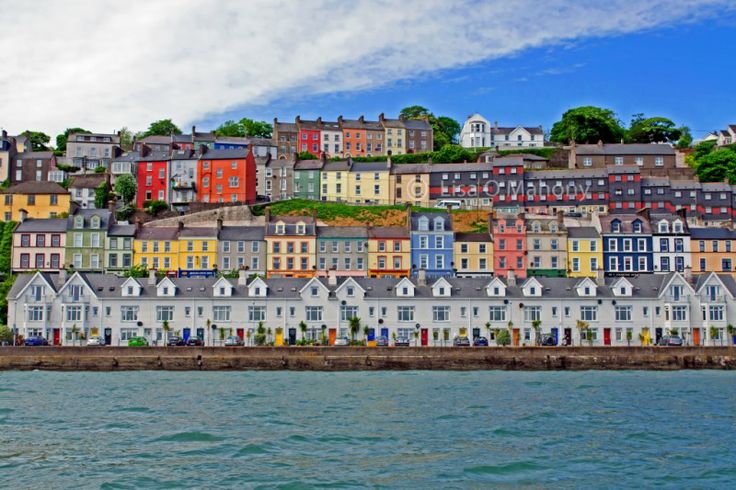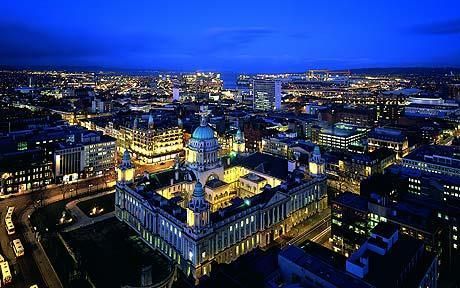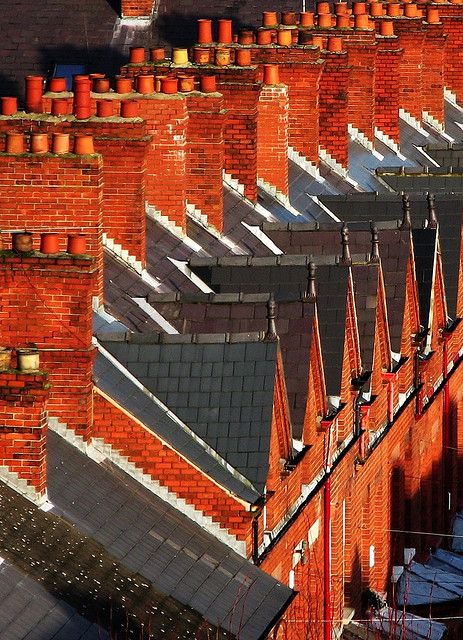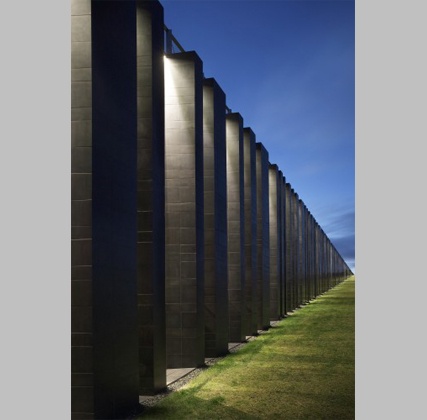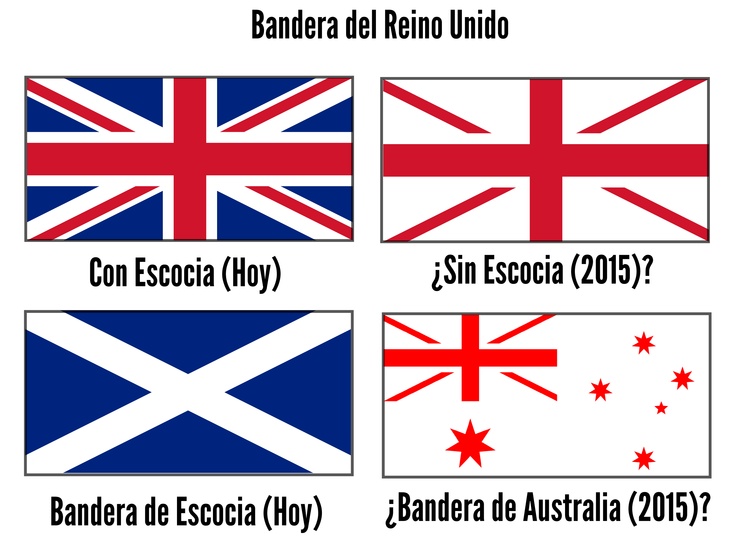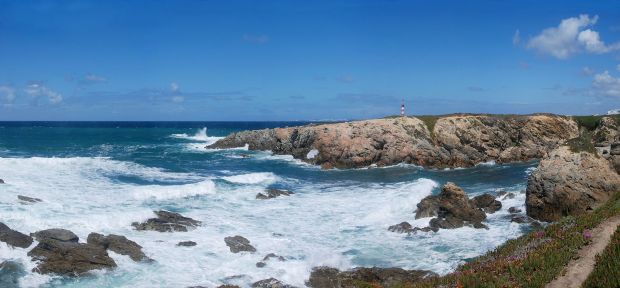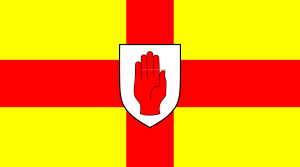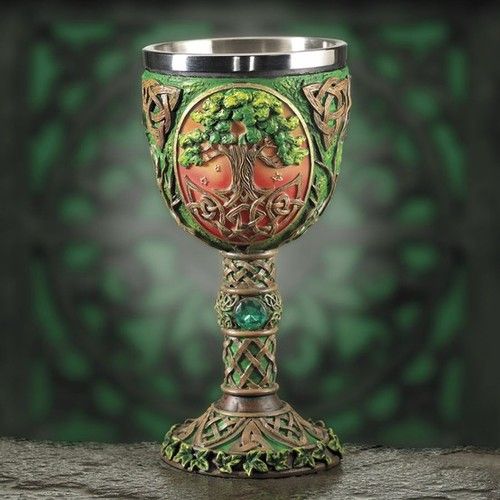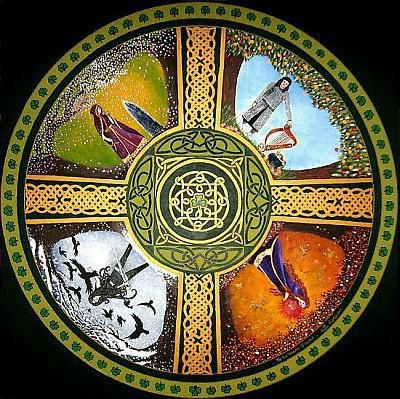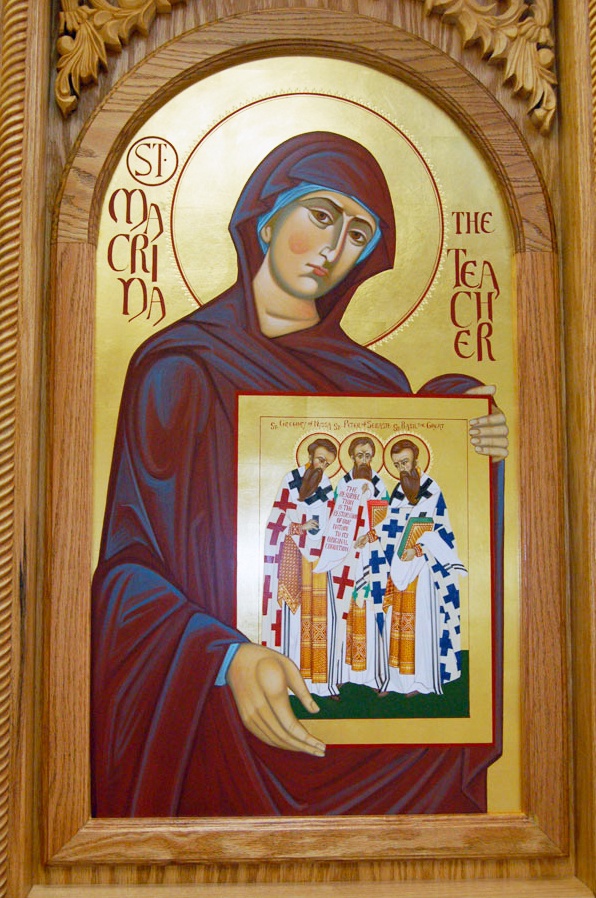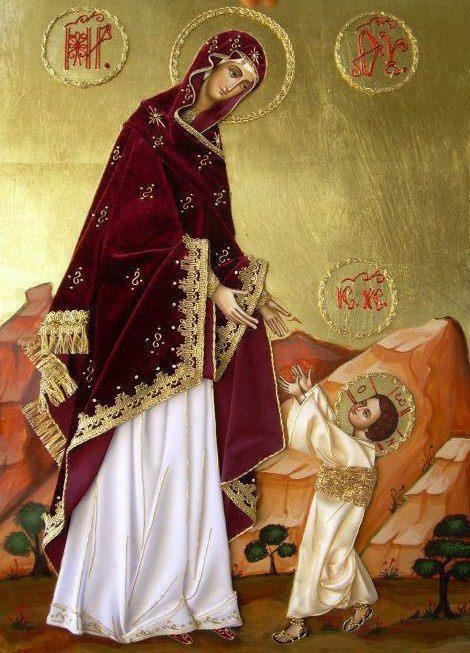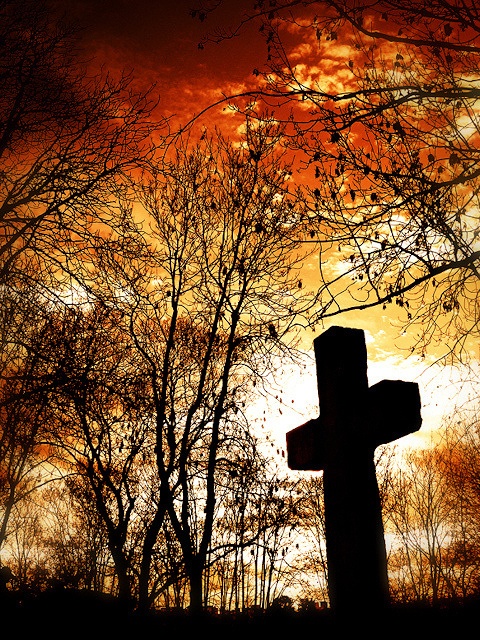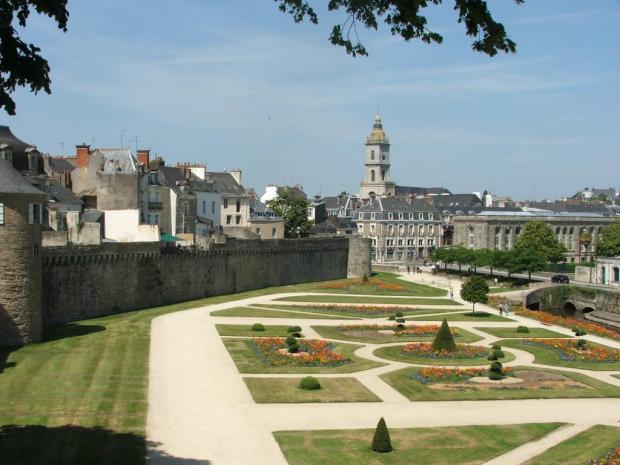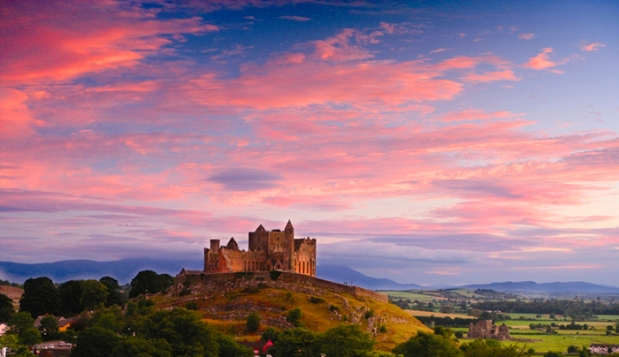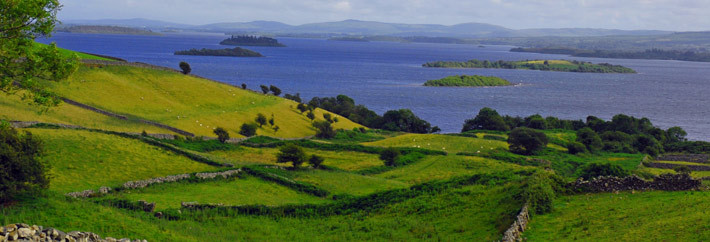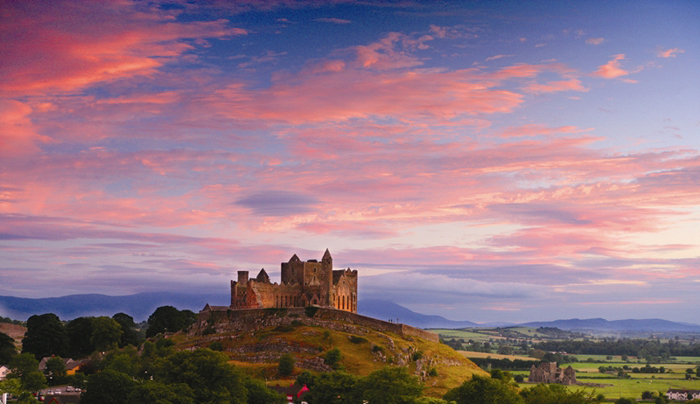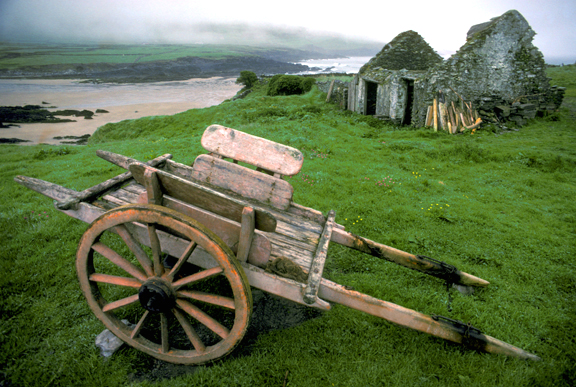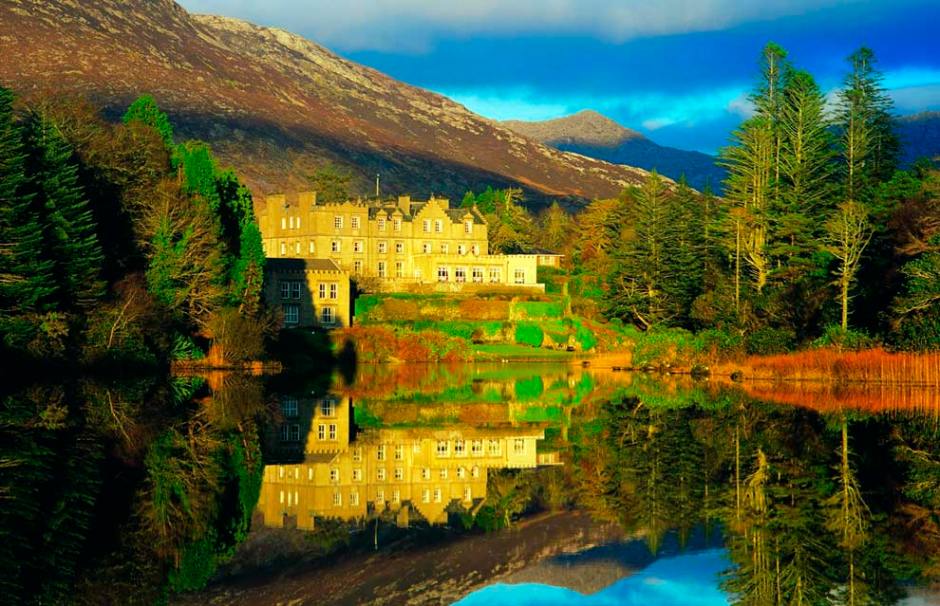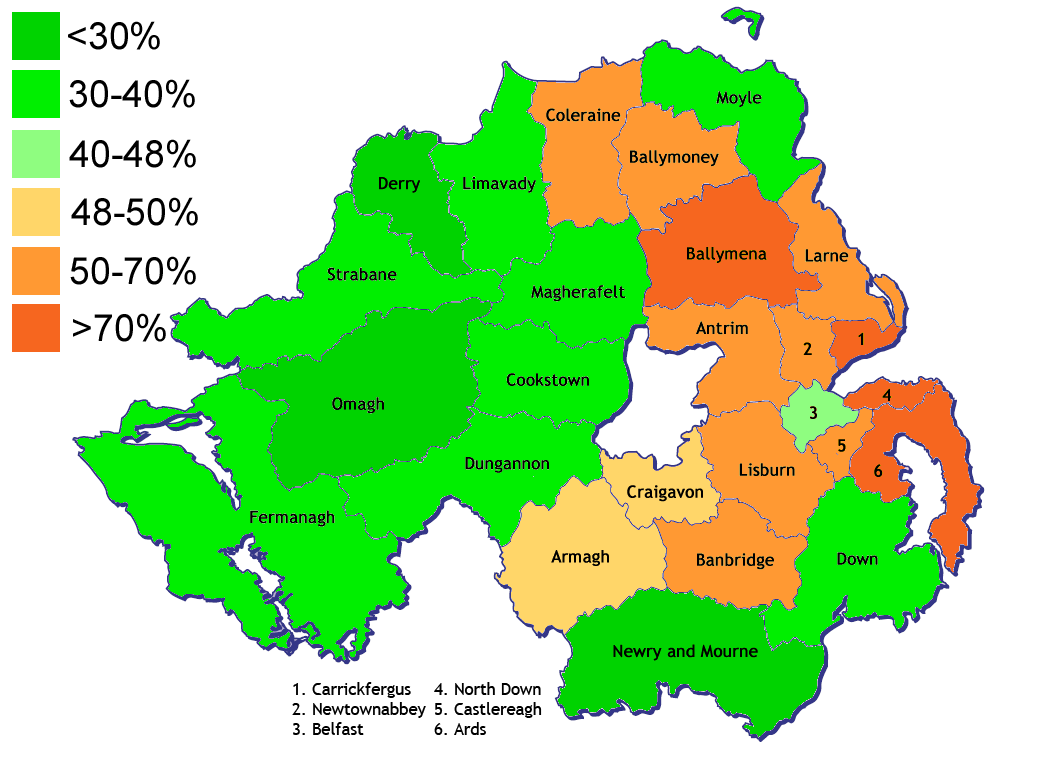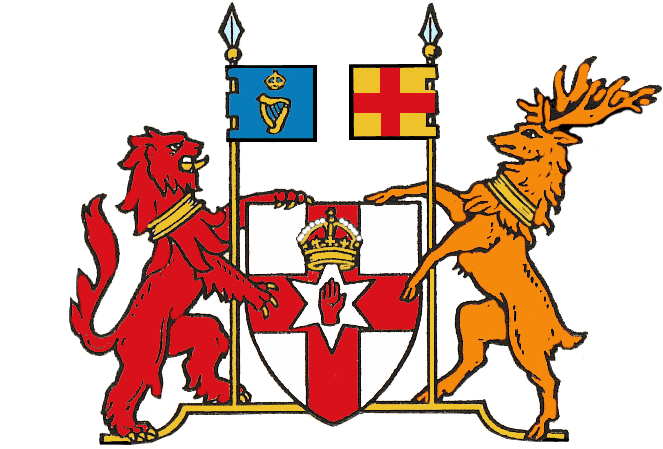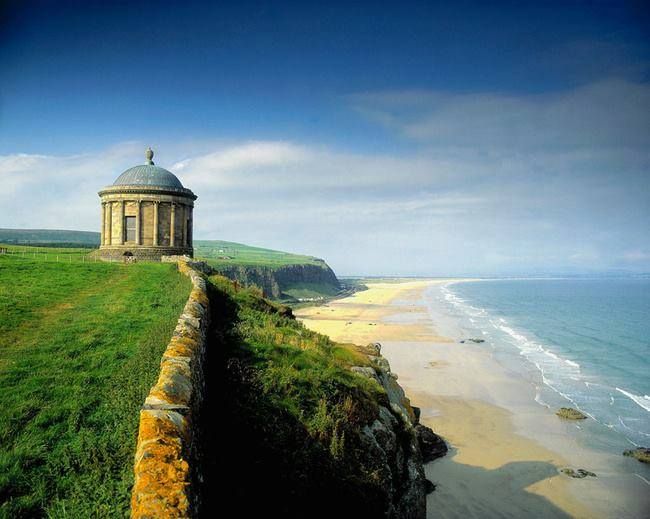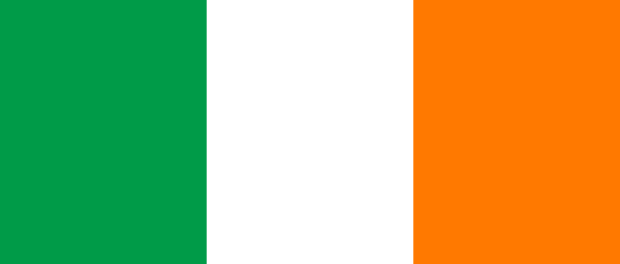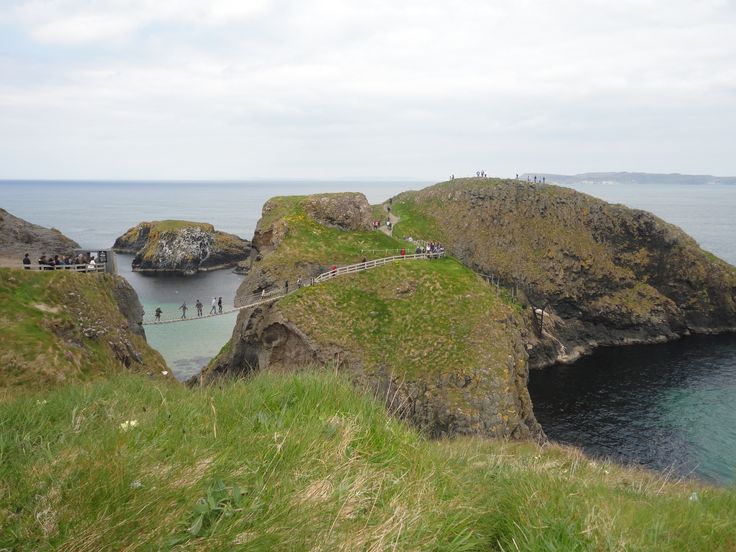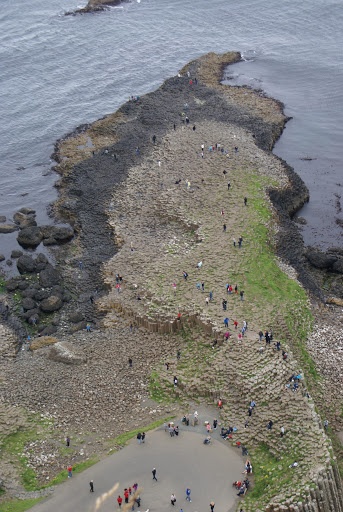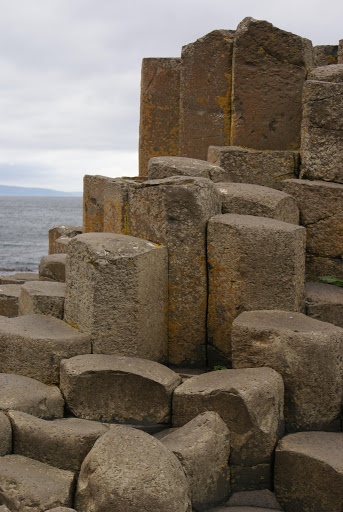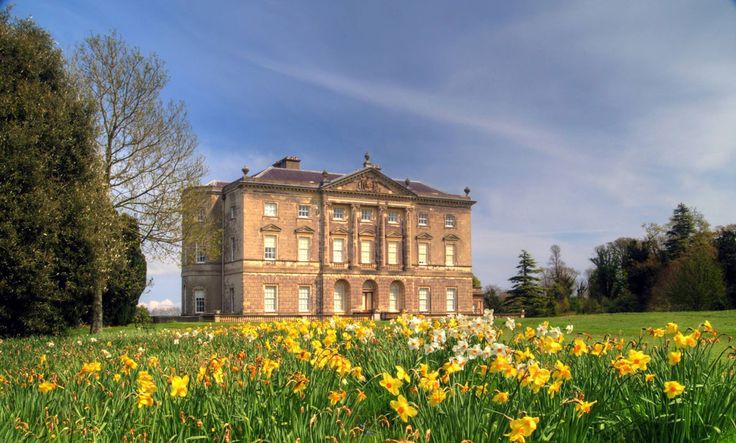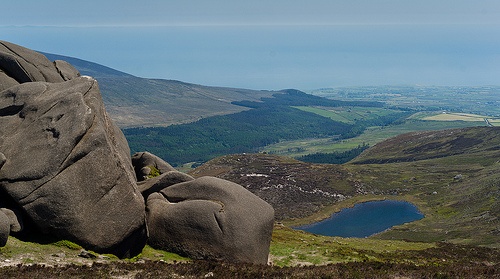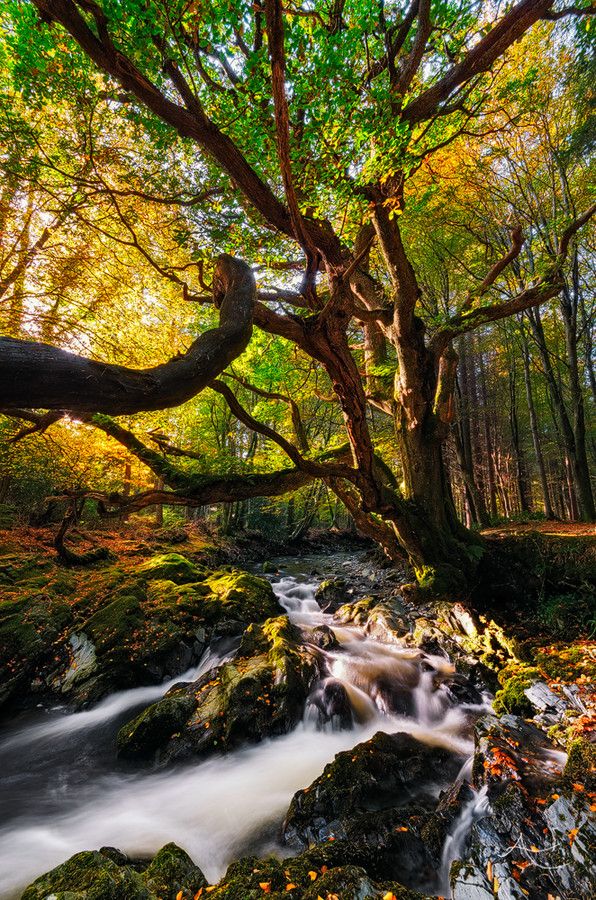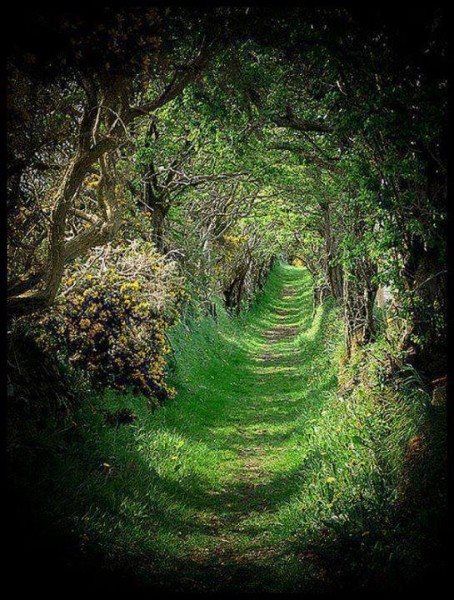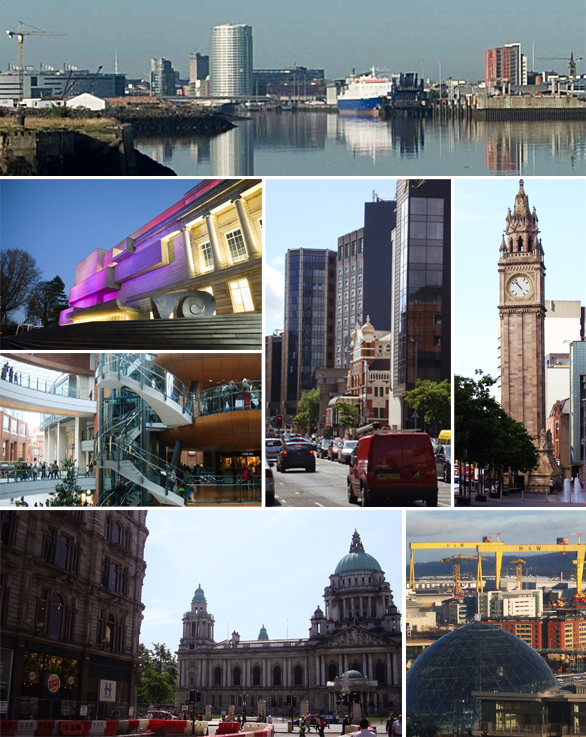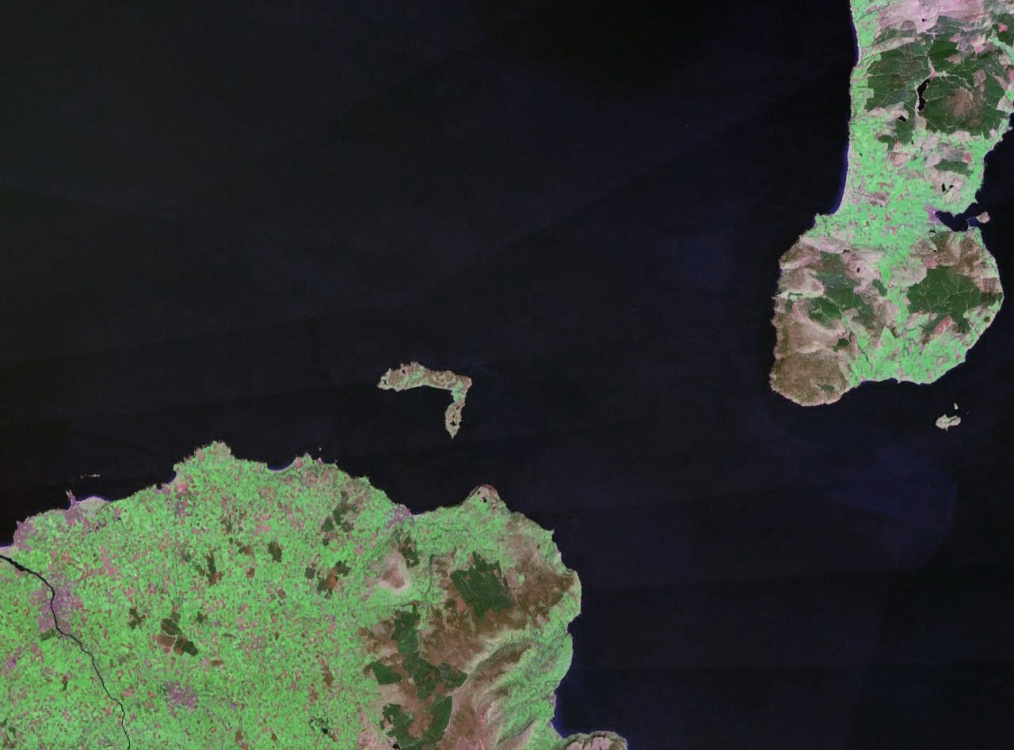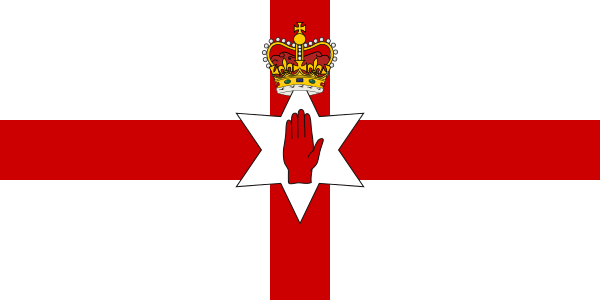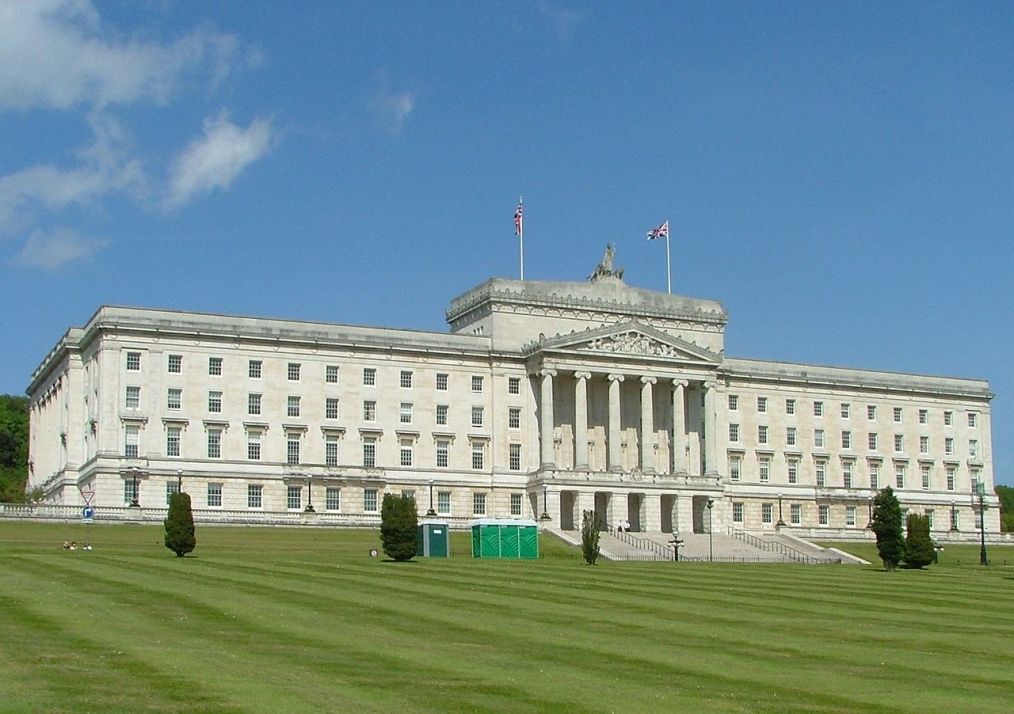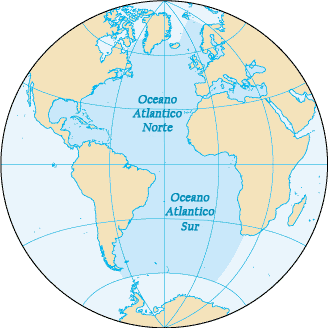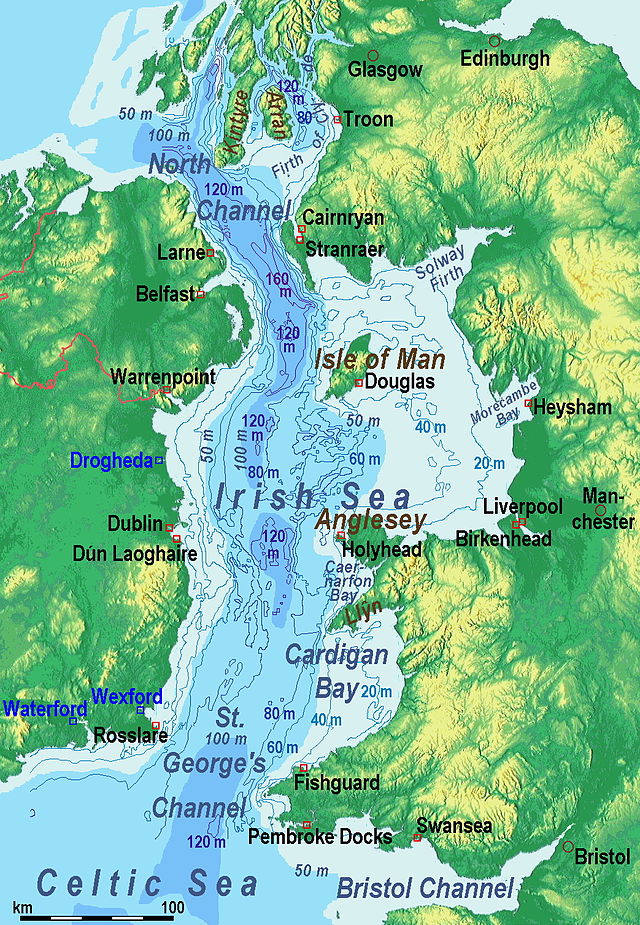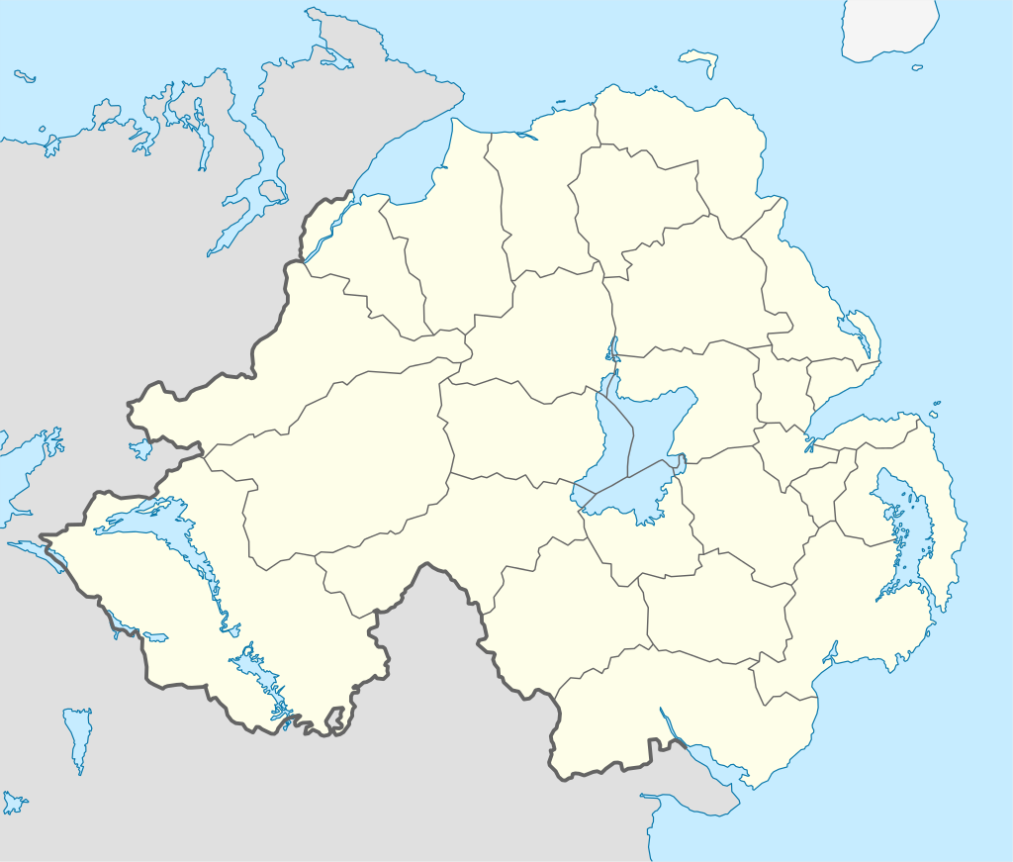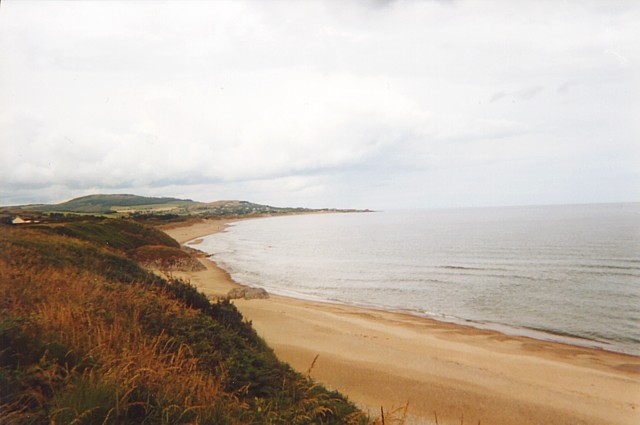
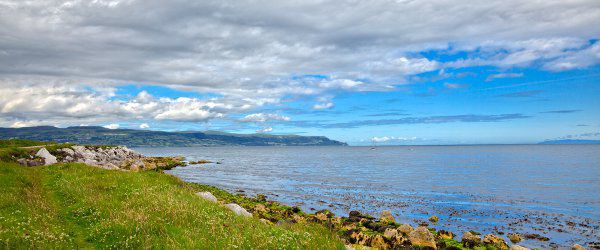
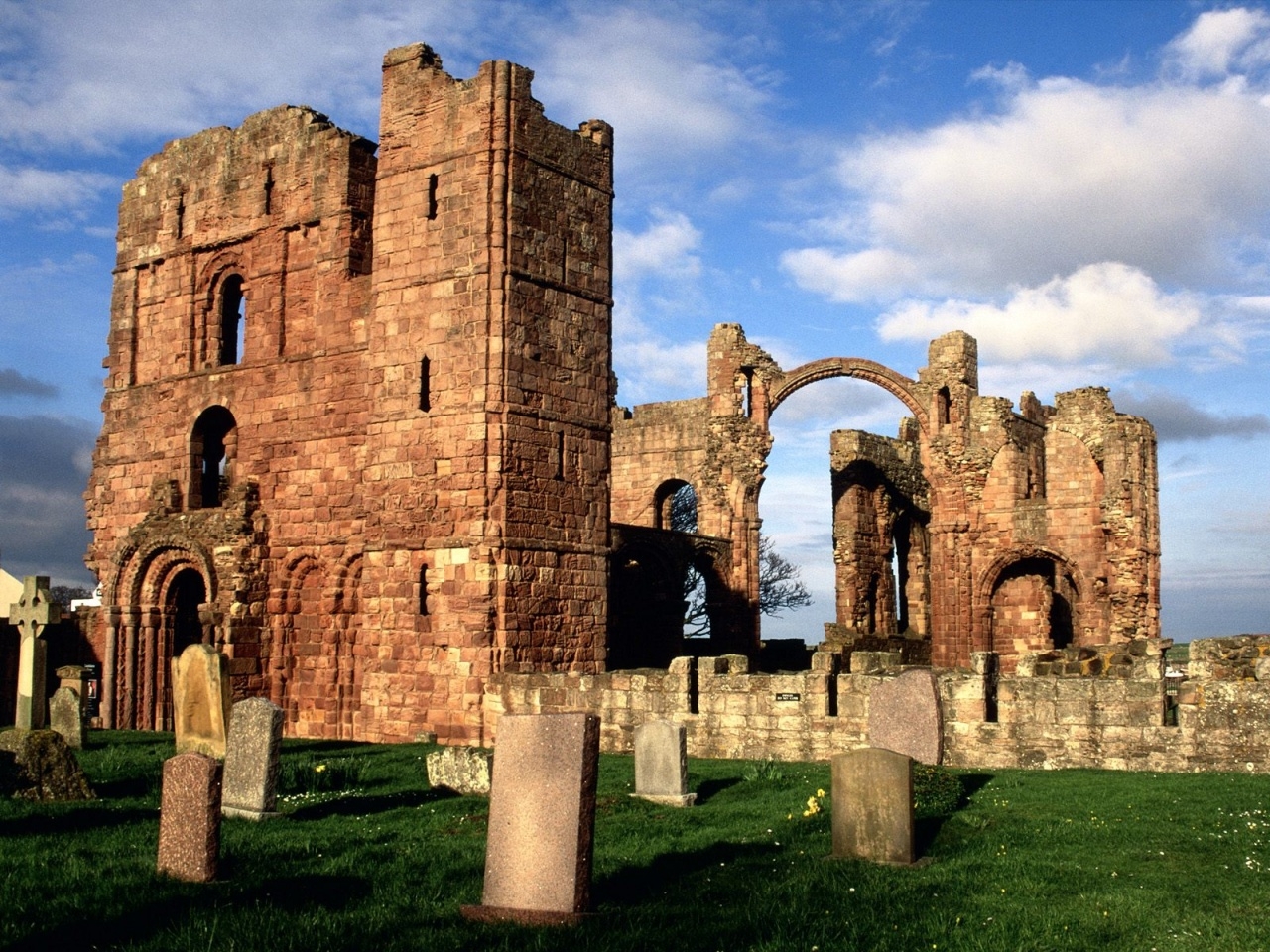
Organización administrativa

División en condados de la región histórica del Úlster, 6 de ellos (en rojo) forman parte de Irlanda del Norte y 3 (en verde) de la República de Irlanda.
Existen nueve condados en la provincia histórica del Úlster, pero seis de sus condados, con una población (2001) de 1.685.267 habitantes, forman Irlanda del Norte, bajo control administrativo del Reino Unido. Estos 6 condados a su vez se dividen en 26 distritos y cinco ciudades:
Los tres restantes forman parte de la República de Irlanda y son Cavan, Donegal y Monaghan, con 246.571 habitantes (2002).
Gobierno
Irlanda del Norte tiene su propio gobierno dentro del Reino Unido. Hay un Ejecutivo en Irlanda del Norte junto con los 108 miembros de la Asamblea de Irlanda del Norte para hacer frente a materias transferidas, además de la participación del Gobierno británico y el Parlamento británico (que son responsables de varios asuntos reservados). Las Elecciones a la Asamblea son por votos simples transferibles, con 6 representantes elegidos por cada una de las 18 circunscripciones de Westminster. También es una región electoral de la Unión Europea.
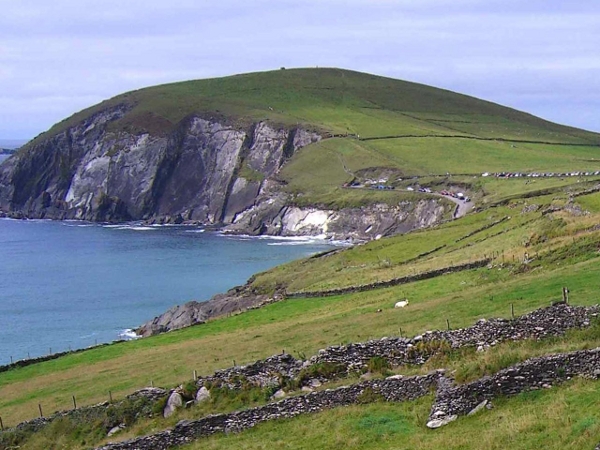
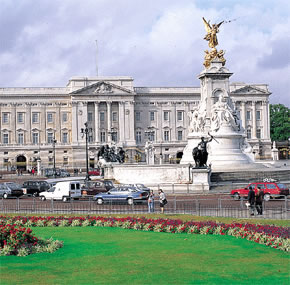
Irlanda del Norte elige a 18 miembros del Parlamento (MP) a la Cámara de los Comunes, y no todos toman sus asientos; por ejemplo: los parlamentarios del Sinn Féin (actualmente cinco) se niegan a prestar el juramento de servir a la reina que se les exige a todos los diputados. La Oficina de Irlanda del Norte representa al gobierno del Reino Unido en Irlanda del Norte sobre los asuntos reservados, y a su vez representa los intereses de Irlanda del Norte en el gobierno del Reino Unido. La oficina de Irlanda del Norte es dirigida por el Secretario de Estado para Irlanda del Norte (Secretary of State for Northern Ireland), que se sienta en el Gabinete del Reino Unido.
Irlanda del Norte es una jurisdicción legal distinta, separada de Inglaterra, Gales y Escocia.6
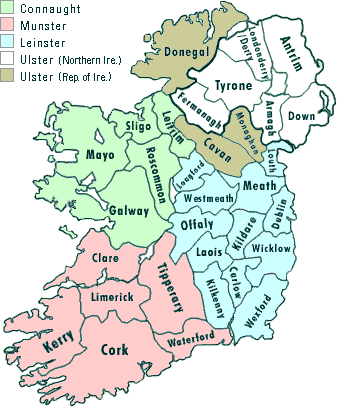
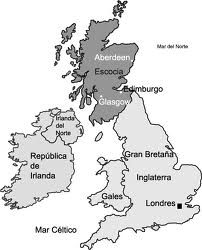
La principal división política en Irlanda del Norte es entre nacionalistas y monarquistas; estos últimos desean que Irlanda del Norte continúe como parte del Reino Unido, y los nacionalistas o republicanos desean que Irlanda del Norte se una al resto de Irlanda, y sea independiente del Reino Unido. Estos dos puntos de vista opuestos están vinculados a la profundización de las divisiones culturales. Los monarquistas son mayoritariamente protestantes, descendientes principalmente de escoceses, ingleses, galeses y colonos hugonotes, así como los irlandeses nativos que se han convertido a alguna de las denominaciones protestantes. Los nacionalistas son predominantemente católicos y descendientes de la población anterior a la ocupación, con una minoría de montañeses escoceses, así como algunos conversos del protestantismo al catolicismo. La discriminación contra los nacionalistas bajo el gobierno de Stormont (1921-1972) dio lugar al movimiento nacionalista de derechos civiles en la década de 1960.7 Algunos monarquistas sostienen que cualquier discriminación presentada, no sólo es por la intolerancia religiosa o política, sino también es el resultado de factores socio-económicos, socio-políticos y geográficos más complejos.8 Cualquiera que sea la causa, la existencia de discriminación, y la manera en la que la ira nacionalista se manejó, fue un factor importante que contribuyó a un largo conflicto. La inestabilidad política ha pasado por su fase más violenta entre 1968 y 1994.9
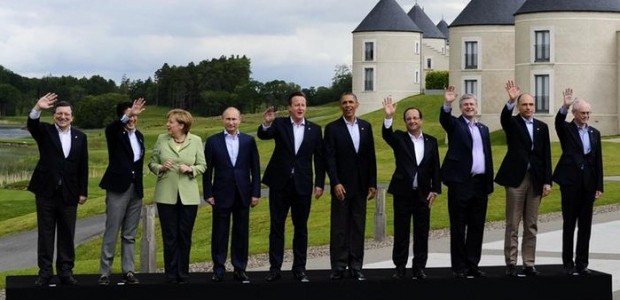
A partir de 2007, el 36% de la población se define como unionista, el 24% como nacionalista, y el 40% se define como neutral.10 Según una encuesta de opinión de 2009, el 69% expresa preferencia a largo plazo para el mantenimiento de la pertenencia de Irlanda del Norte al Reino Unido (ya sea directamente o con un gobierno propio), mientras que el 21% expresa una preferencia por la pertenencia a una Irlanda unida.10 Esta discrepancia puede explicarse por la preferencia abrumadora entre los protestantes a seguir siendo una parte del Reino Unido (91% ), mientras que las preferencias de los católicos se reparten entre un número favorable a una solución constitucional, incluida la de permanecer como una parte del Reino Unido (47%), una Irlanda unida (40%), Irlanda del Norte convertida en un Estado independiente (5%), y los que “no saben” o son neutrales (5%).10 Las encuestas de opinión muestran consistentemente que los resultados electorales, no son necesariamente una indicación de la posición del electorado con respecto a la situación constitucional de Irlanda del Norte.
La mayoría de la población de Irlanda del Norte son por lo menos nominalmente cristianos. Las lealtades etno-políticas se han aliado, aunque no absolutamente, a la Iglesia Católica Romana y las denominaciones protestantes, y éstas son las etiquetas utilizadas para clasificar los puntos de vista opuestos.
Los protestantes tienen una ligera mayoría en Irlanda del Norte, según el último Censo de Irlanda del Norte. La composición de la Asamblea de Irlanda del Norte refleja los sentimientos de las distintas partes de la población. De los 108 parlamentarios, 55 son unionistas, mientras que los nacionalistas son 44 (los nueve restantes se clasifican como “otros”).
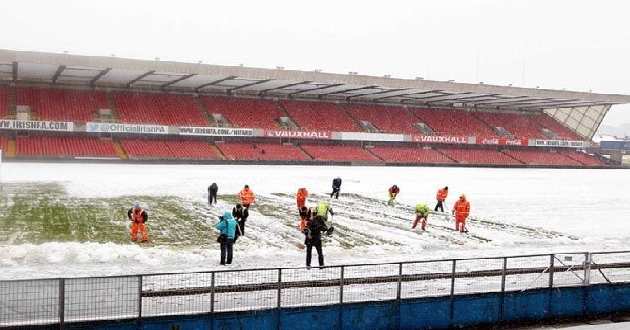

Demografía
La población de Irlanda del Norte ha aumentado cada año desde 1978.
Origen étnico
- Blancos: 1.670.988 (99,15%)
- nacidos en Irlanda del Norte: 91,0%
- nacidos en otras partes del Reino Unido o en la República de Irlanda: 7,2%
- Irlandeses viajeros: 1.710 (0,10%)
- Asiáticos: 6.824
- Negros: 1.136
- Africanos: 494 (0,03%)
- Negros del Caribe: 255 (0,02%)
- Otros negros: 387 (0,02%)
- Mestizos: 3.319 (0,20%)
- Otros grupos étnicos: 1.290 (0,08%)
=====================EN INGLÉS=====================
Administrative Organization

Division of counties of the historical region of Ulster , 6 of them (in red) are part of Northern Ireland and 3 (green) in the Republic of Ireland.
There are nine counties in the historical province of Ulster , but six of its counties, with a population (2001) of 1,685,267 inhabitants, form Northern Ireland, under the administrative control of the United Kingdom . These 6 counties in turn are divided into 26 counties and five cities:
The remaining three are part of the Republic of Ireland and are Cavan , Donegal and Monaghan , with 246,571 inhabitants (2002).
Government
Northern Ireland has its own government within the United Kingdom. There is a Northern Ireland Executive together with the 108 members of the Northern Ireland Assembly to deal with transferred matters, besides the participation of the British Government and the British Parliament (which are responsible for a number of reserved matters). Elections to the Assembly are by single transferable vote with 6 representatives elected for each of the 18 Westminster constituencies. It is also an electoral region of the European Union.
Northern Ireland elects 18 Members of Parliament (MP) to the House of Commons, and not all take their seats; eg Sinn Fein MPs (currently five) refuse to take the oath to serve the Queen that is required of all MPs. The Northern Ireland Office represents the UK government in Northern Ireland on reserved matters, and in turn represents the interests of Northern Ireland in the UK Government. The Northern Ireland office is led by the Secretary of State for Northern Ireland (Secretary of State for Northern Ireland), who sits in the Cabinet of the United Kingdom.
Northern Ireland is a distinct legal jurisdiction, separate from England, Wales and Scotland.
The main political divide in Northern Ireland is between nationalists and monarchists; the latter want Northern Ireland continue as part of the United Kingdom and Nationalists or Republicans who wish Northern Ireland join the rest of Ireland, independent from the United Kingdom. These two opposing views are linked to deeper cultural divisions. The monarchists are overwhelmingly Protestant, descendants of mainly Scottish , English , Welsh settlers and Huguenots , as well as the native Irish who have become some of the Protestant denominations. Nationalists are predominantly Catholic and descendants of the pre-occupation with a minority population of Scottish Highlanders as well as some converts from Protestantism to Catholicism. Discrimination against nationalists under the Stormont government (1921-1972) gave rise to the nationalist civil rights movement in the 1960s. Some monarchists argue that any discrimination made, not only for religious or political intolerance, but is also the result of socio-economic factors, socio-political and geographical complexes. Whatever the cause, the existence of discrimination, and the manner in which Nationalist anger was handled, was a major factor contributed to a long conflict. Political instability has gone through its most violent phase between 1968 and 1994 .
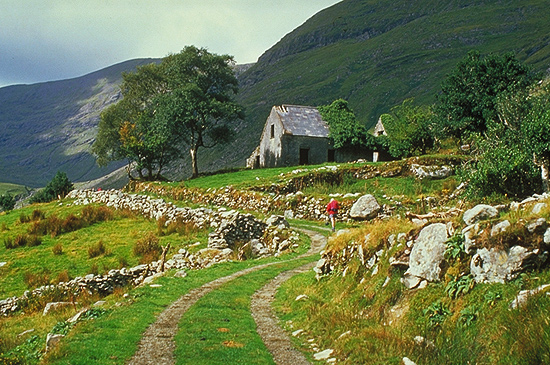
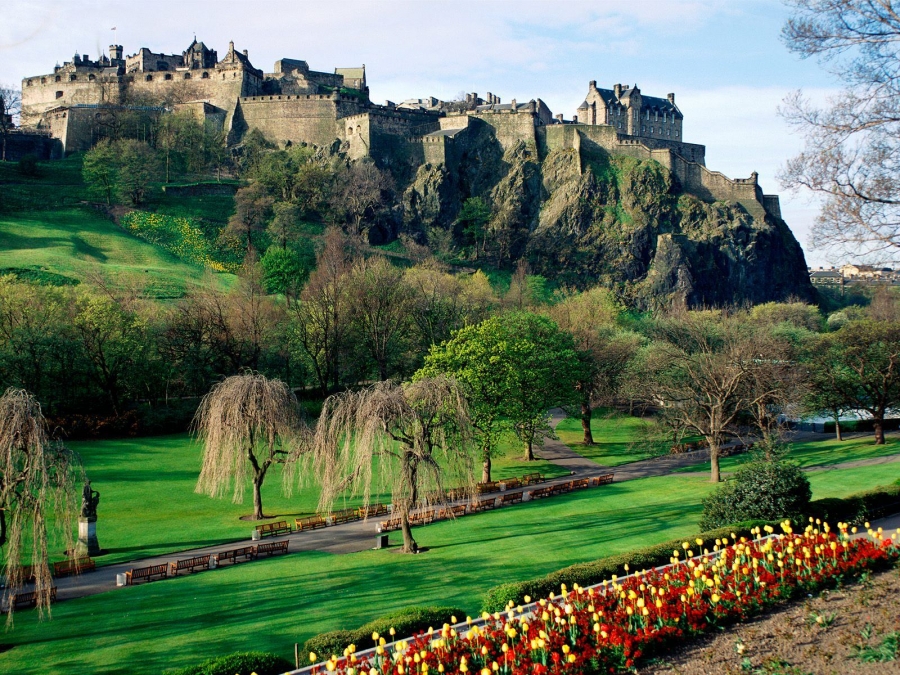
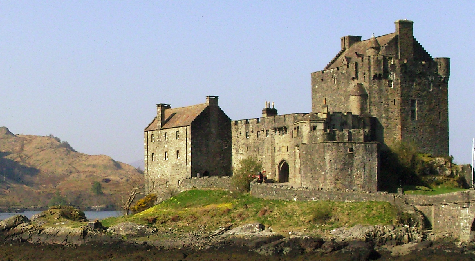
As of 2007 , 36% of the population is defined as Unionist, 24% as Nationalist and 40% define themselves as neutral. According to an opinion poll of 2009 , 69% expressed preference to long-term to maintain membership in Northern Ireland to the United Kingdom (either directly or with its own government), while 21% express a preference for membership of a united Ireland. This discrepancy can be explained by the preference overwhelming among Protestants to remain a part of the United Kingdom (91%), while Catholic preferences are spread across a positive number to a constitutional settlement, including that remain a part of the United Kingdom (47%), a united Ireland (40%), Northern Ireland become an independent state (5%), and those who “do not know” or are neutral (5%). Opinion polls consistently show that the election results, are not necessarily an indication of the electorate’s position regarding the constitutional status of Northern Ireland.
Most of the population of Northern Ireland are at least nominally Christian. The ethno-political loyalties are allied, though not absolutely, to the Roman Catholic Church and Protestant denominations and these are the labels used to categorize the opposing views.
Protestants have a slight majority in Northern Ireland, according to the latest Northern Ireland Census. The composition of the Northern Ireland Assembly reflects the feelings of the different parts of the population. Of the 108 MPs, 55 are Unionists, while 44 are Nationalists (the remaining nine are classified as “other”).
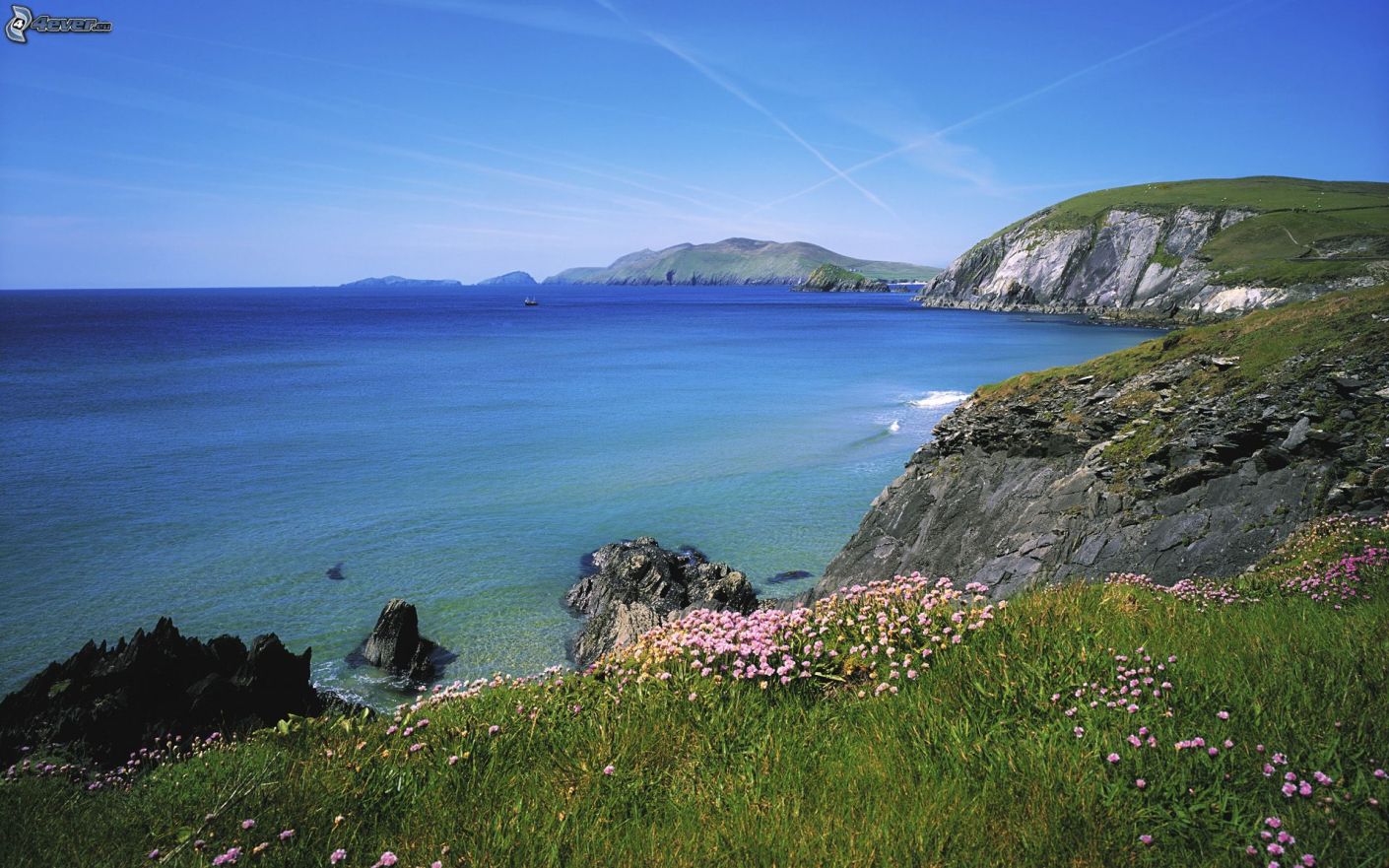
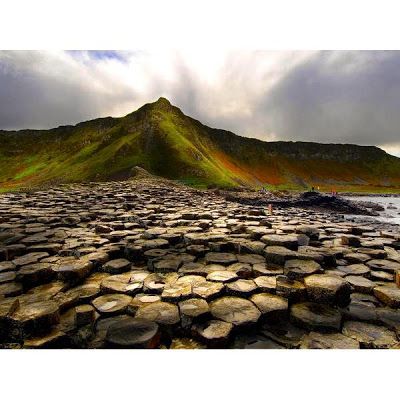
Demographics
The population of Northern Ireland has increased annually since 1978.
Ethnicity
- White: 1,670,988 (99.15%)
- born in Northern Ireland: 91.0%
- born elsewhere in the UK or the Republic of Ireland: 7.2%
- Irish Travellers: 1,710 (0.10%)
- Asian: 6,824
- Black: 1,136
- African: 494 (0.03%)
- Black Caribbean : 255 (0.02%)
- Other black: 387 (0.02%)
- Mestizos: 3,319 (0.20%)
- Other ethnic groups: 1,290 (0.08%)

